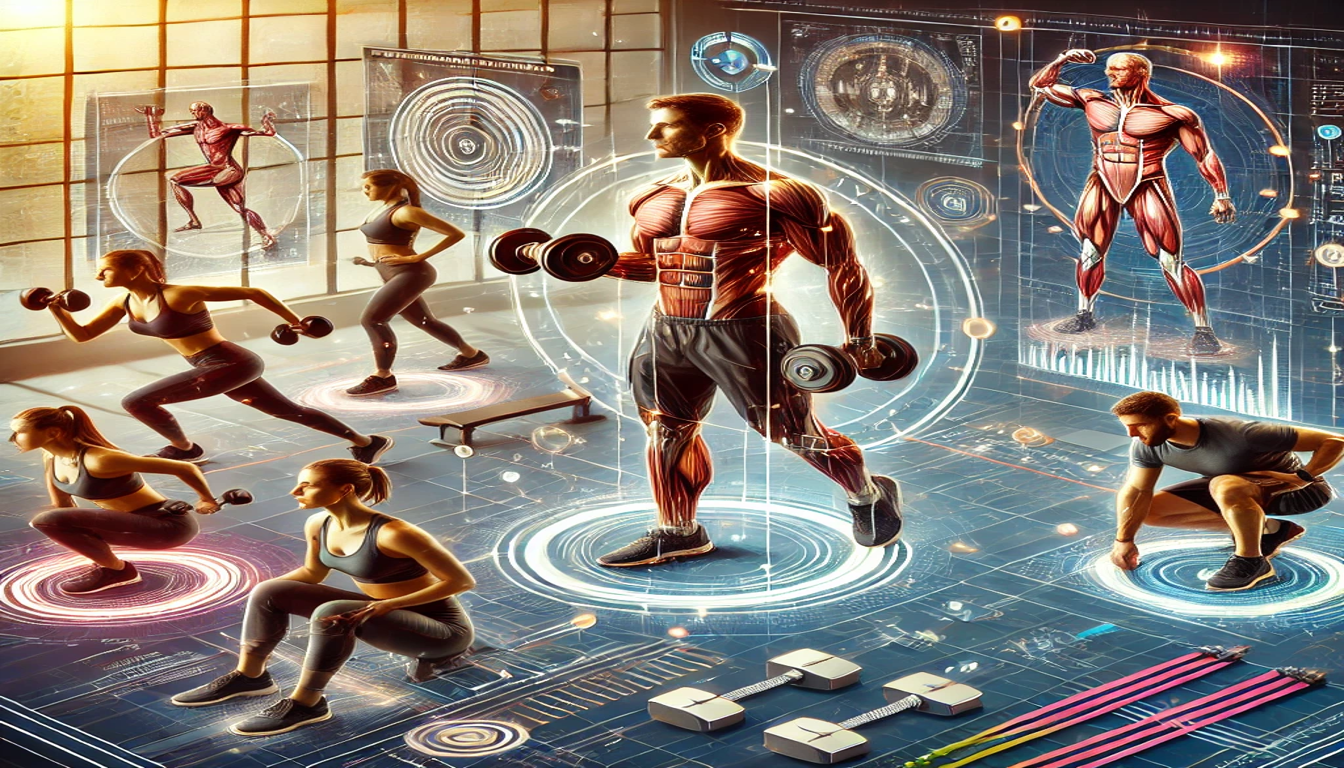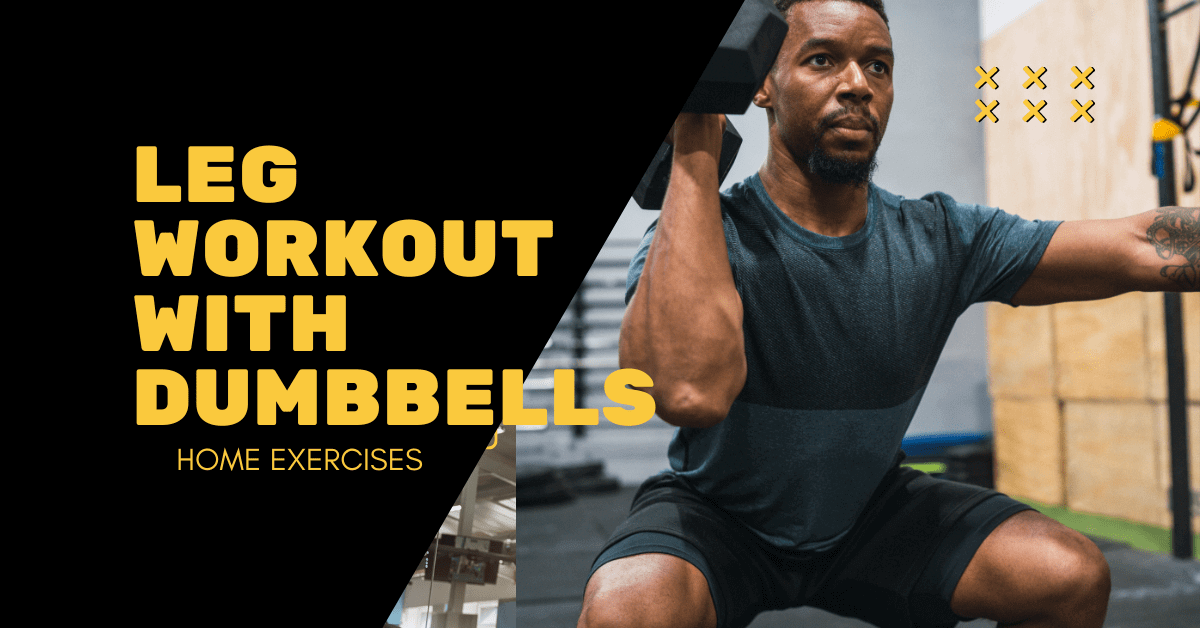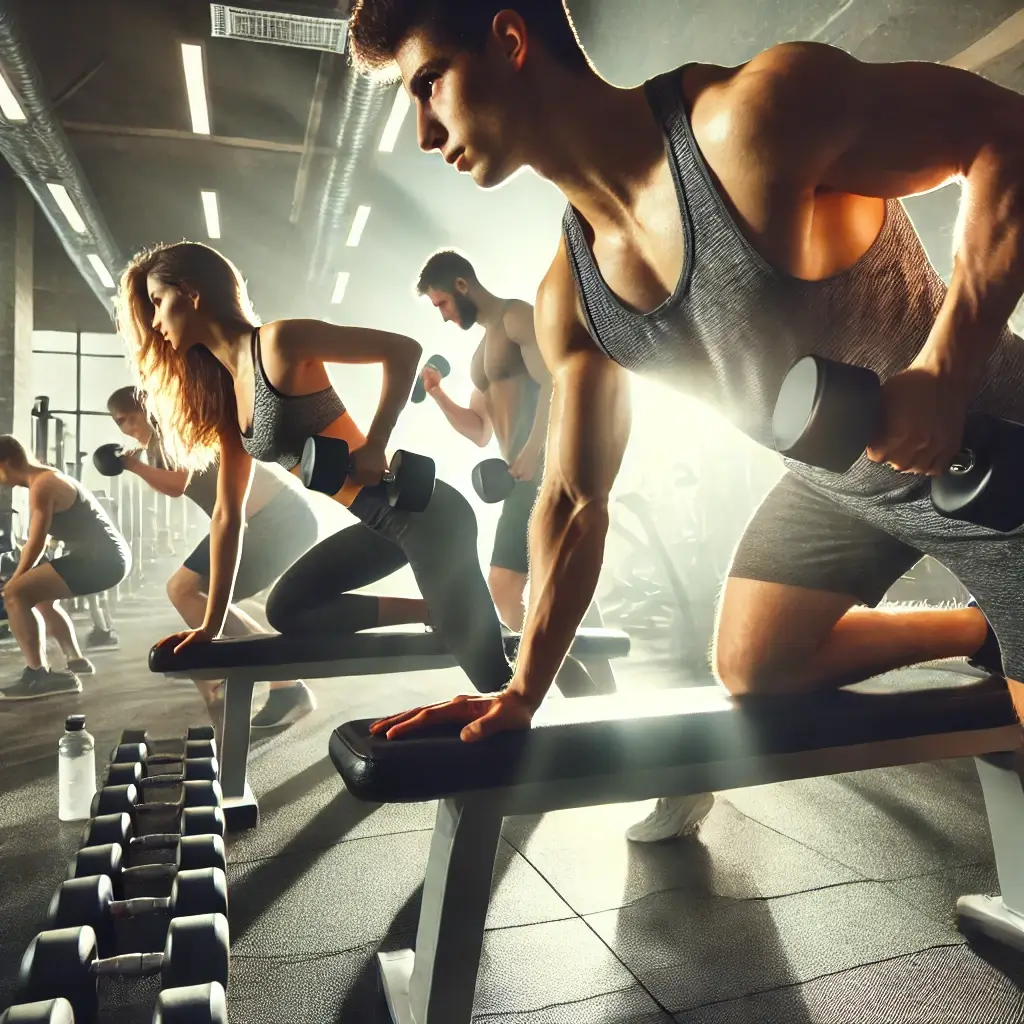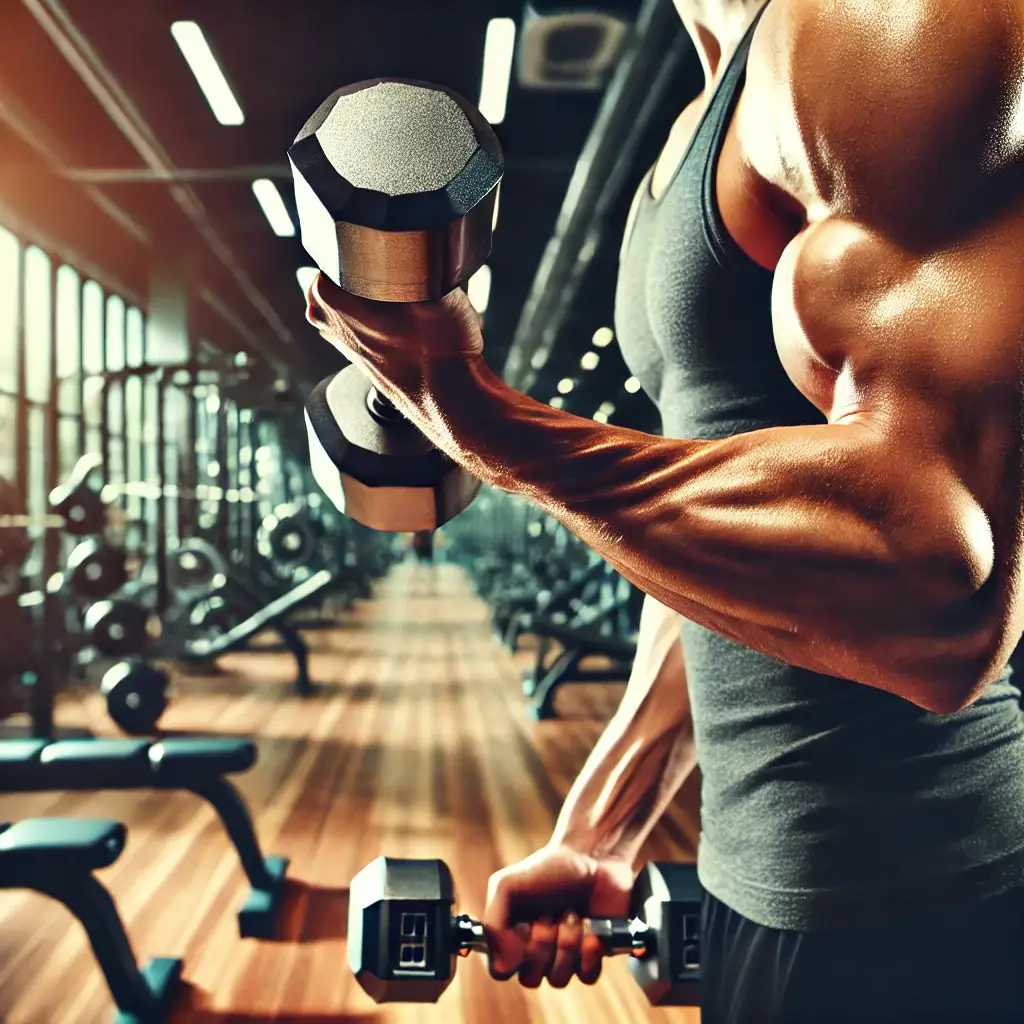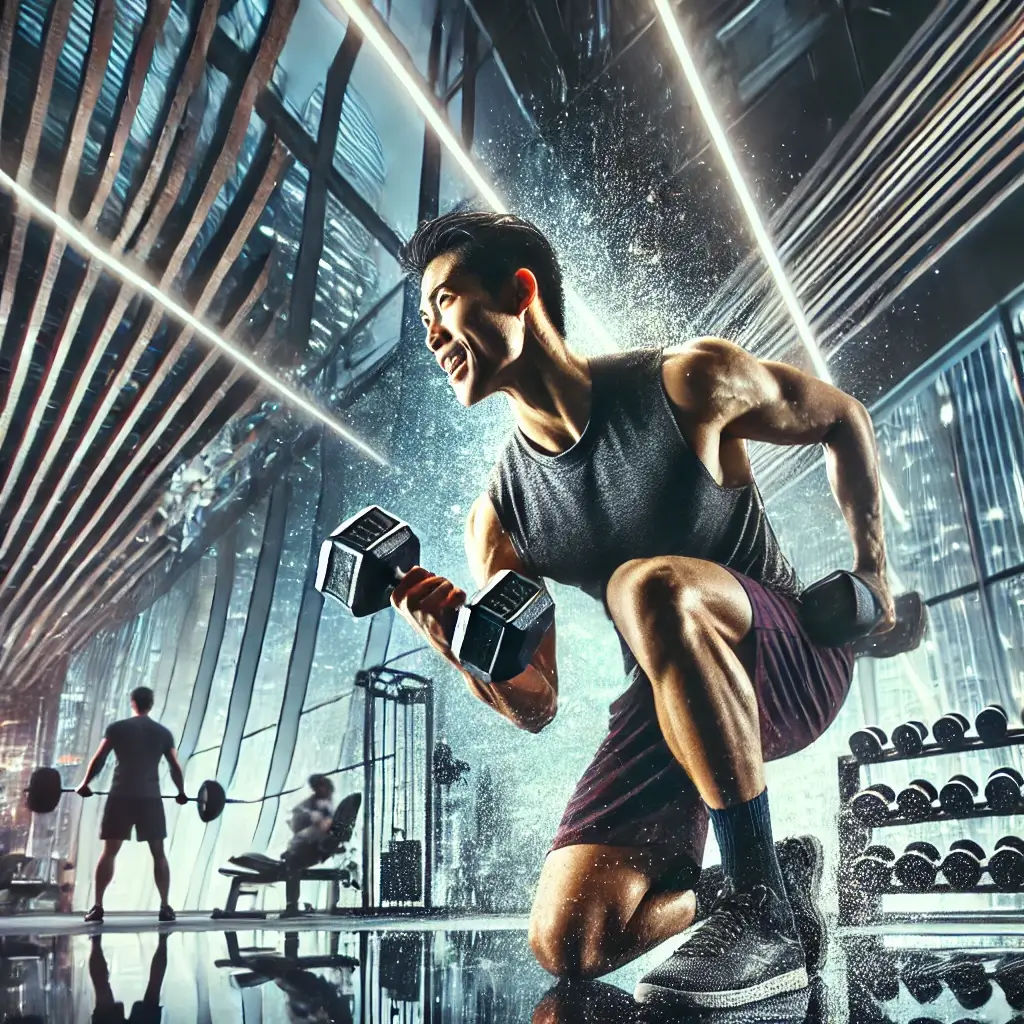Hey there, fitness friends! You’re likely familiar with the mantra “lift more, get strong” that reverberates from gym corners to health column headlines. Brace yourselves for this shocker: about 80% of American adults aren’t meeting our nation’s strength training recommendations.
That’s right – it appears four out of every five people might be skimping on some serious muscle work.
It wasn’t too long ago when I found myself wondering if what I was doing at the gym actually stacked up against those guidelines set forth by our good ol’ government. It took a bit of research and self-reflection to realize that even I was overlooking certain key muscle groups we’d all do well not to forget.
So here’s the scoop: your glutes deserve more than just an occasional nod, and showing your obliques some love can really pay off in dividends. Incorporating these often-neglected areas into your workout routine could help you squat away diabetes risks and boost your heart health with every rep.
And guess what? We’re going to cover some game-changing exercises that will not only fortify those forgotten muscles but also pump up your grip strength like nobody’s business.
Are you ready to join me on this journey? Let’s gear up for a stronger, healthier us!
Key Takeaways
– Most adults in the US aren’t strong enough. Around 80% don’t follow the strength training rules that say to work all major muscles twice a week.
– Strength exercising is good for more than just muscles. It fights diabetes, keeps your heart healthy, and can help you live longer.
– Don’t ignore important muscles like glutes, obliques, grip strength, rotator cuffs, and posterior delts. They are key for overall health and prevent injury.
– Weak glutes can cause back pain while strong ones support your pelvis and lower body moves.
– A firm grip shows better overall health. Strong hands mean you’re less likely to get sick and may live longer.
Understanding US Strength Guidelines
I can’t believe so many of us are dropping the ball on our strength training. The Physical Activity Guidelines for Americans lay it out clear as day – but apparently, 80% of adults just aren’t hitting the mark.
We’re supposed to work out all our major muscle groups at least two times a week with some solid strength exercises. This isn’t just about getting those enviable pecs or a six-pack; it’s important stuff for staying healthy.
You heard me right: working every big muscle group twice each week is what’s needed according to these guidelines. And they’re not pulling these numbers out of thin air either; they’ve done their homework and know that this kind of routine makes for stronger bones, better joints, and could keep your heart ticking like a finely tuned clock.
So let’s take this seriously and give our muscles the attention they deserve!
An Overview of the Under-Performance of Adults
Let’s talk cold, hard facts: a staggering 80% of grown-ups across the US are slacking on strength training, falling short of what Uncle Sam prescribes for our muscles. It’s not just about pumping iron; it’s a widespread neglect that’s costing us more than just bragging rights at the gym.
Over 80% of adults not meeting strength guidelines
I can’t believe it, but it’s true – over 80% of us are dropping the ball on strength training. We’re just not hitting those US muscle-strengthening guidelines. You heard that right: most grown-ups aren’t doing enough to keep their muscles strong.
Now, this isn’t about looking buff or being able to show off at the gym. Forget that. This is serious health stuff we’re talking about here! Strong muscles help fight off diseases like diabetes and they make our hearts healthier too.
Plus, when our muscles are in good shape, we feel better all around – body and mind!
And let me tell you, there’s a lot of work to do because nearly every eight out of ten people aren’t getting their weekly exercise fix as recommended. Think about how much better off we’d all be if more folks decided to pump some iron or do bodyweight exercises.
It’s time to take action for our health!
The Importance of Strength Training
Here’s the thing: strength training is not just about getting buff or shredded; it’s a game-changer for your overall health. From keeping type 2 diabetes at bay to bolstering your heart and bones, pumping iron—or resistance bands, or even your own body weight—is fundamental.
Combatting diabetes
I’ve got to tell you, lifting weights does more than just make muscles bigger. It’s a tough fighter against diabetes. Strong muscles help the body use insulin better and manage blood sugar levels like a boss.
Regular strength workouts mean you’re less likely to get type 2 diabetes, and if you already have it, these exercises can be a game-changer for your health.
Lifting weights also keeps blood pressure in check and makes sure that sugar isn’t loitering around in your blood. Think of strength training as an ally for your heart too because it works hard to cut down the risk of heart disease.
So not only are you shaping up those muscles but keeping away some serious health problems at the same time!
Enhancing cardiovascular health
Just like strength training keeps our sugar levels in check, it’s also a big win for the heart. Lifting weights makes your heart work harder. This good stress helps it get stronger over time.
Think of how you feel after running up stairs; that puffing is your heart getting fitter.
Now, I pump iron not just to look solid but also because my ticker matters. Strong muscles send more blood to every part of the body. That means better circulation and a heart that doesn’t have to work so hard all the time.
Plus, studies show folks who lift can dodge heart disease easier than those who skip the weights.
Let’s not forget how this pumping action lowers blood pressure too—a major plus for keeping strokes and other scary stuff at bay. So while we’re on about abs and biceps, let’s make sure we’re giving some love to our most important muscle—our hearts—and keep them beating strong with every weight we lift.
Boosting musculoskeletal and mental health
I won’t beat around the bush – strong muscles are a big deal for your bones, joints, and mind. Strength training is like a secret weapon; it fights off muscle atrophy and keeps those musculoskeletal woes at bay.
Think about it: every squat, push-up, or lift you do helps keep your frame sturdy. Your body relies on this to tackle everything from climbing stairs to picking up groceries.
But here’s where it gets really good. Lifting weights does more than just beef up your biceps—it gives your mental health a hefty boost too. It’s all connected—your mind feels clearer when your body feels strong.
Regular strength workouts can be uplifting and help chase away the blues or stress that weighs you down.
And I’m not just making this stuff up—science backs me up! Stronger muscles mean better blood sugar control, which can keep diabetes in check; they even play nice with your heart for primo cardiovascular health.
Plus, who doesn’t want to feel solid and sound top to bottom? Embracing those weights could very well mean fewer sick days and more zest for life. So let’s get lifting—for both our bodies and our minds!
Reducing mortality
Getting stronger isn’t just about feeling good in your skin; it’s a big deal for staying alive longer, too. Let me lay it out for you: strength training matters as much as cardio to keep your ticker strong and cut down the risk of dying early.
We’re not talking small numbers here—putting those muscles to work could mean a lot more sunrises enjoyed.
It’s clear that lifting weights or doing bodyweight exercises can help stop some serious health problems like diabetes and heart disease. This isn’t just a nice bonus—it’s crucial for living a long, healthy life.
And guess what? You don’t need to be huffing and puffing on a treadmill day in and day out to make that happen. Strong muscles from strength-training are one powerful way to stay ahead of the game—and hey, who doesn’t want more birthdays!
Don’t Forget These Muscles
When it comes to flexing our fitness knowledge, most folks focus on the showy muscles, but let’s get real about beefing up those forgotten power players that keep us from becoming a statistic in America’s strength deficiency saga—more of this muscle talk inside.
Glutes
I can’t stress enough how vital the glutes are for our bodies. They’re not just there to make us look good in jeans – they work hard every day! These muscles support our pelvis, help us stand up straight, walk, run, and jump.
Weak glutes often lead to lower back pain because other muscles have to pick up the slack.
Let’s get those gluteal muscles strong! It’s about more than just strength; it’s about our overall health. Solid glutes can help fight diabetes and heart issues. They also keep our musculoskeletal system in top shape, which means we move better and hurt less.
Mental benefits tag along too because exercise boosts mood.
To avoid trouble like stiff hips or osteoporosis later on, we need to focus on these powerhouse muscles now. Simple exercises like squats or lunges can do wonders for beefing up those butt muscles.
And let me tell you – your future self will thank you for taking the time today to give your glutes the attention they deserve!
Obliques
Now, let’s talk about a muscle group that doesn’t get the attention it deserves: your obliques. These muscles sit on the side of your abdomen and play a major role in twisting and bending your body.
They also help keep your spine stable, which means they’re important for preventing lower-back pain.
Working on my obliques has been a game-changer – not just for how I look but how I feel. Strengthening these side muscles can make big health improvements like fighting off diabetes, helping my heart work better, and even living longer.
Let’s face it; those are wins we all want!
Keeping those oblique muscles strong isn’t just about looking good in the mirror – though that’s a nice bonus. It supports my waist and helps me move better in sports or when doing everyday things like lifting groceries or playing with kids.
So don’t ignore these mighty muscles; give them some love with exercises designed to target both the internal and external parts of your oblique family. Your whole body will thank you!
Grip Strength
Moving from obliques, let’s talk grip strength. This muscle group is more important than you might think. Strong hands help with everyday tasks like opening jars and carrying groceries.
But here’s the kicker: your grip can actually say a lot about your overall health.
Studies show that grip strength is linked to how long people live. It’s true regardless of how much money they make. People with strong grips tend to stay healthier over time, while those with weak grips may get sick more often.
We all want to avoid illness and keep our hearts pumping strong, right? So don’t skip on squeezing those stress balls or hanging onto pull-up bars—your life could literally depend on it.
Strengthening these muscles isn’t just about firm handshakes—it’s a matter of staying alive and kicking longer! Plus, keeping your hands and forearms strong could prevent injuries that nobody wants to deal with.
I’m talking rotator cuff tears or elbow pains—ouch! Grip exercises are easy to do at home or the gym, so no excuses; add them into your routine for better musculoskeletal health and peace of mind.
Rotator Cuff
I’ve got to tell you about the rotator cuff—it’s like your shoulder’s personal bodyguard. Made up of four muscles, it keeps your arm in its socket and lets you lift and rotate it.
Here’s a fact that might surprise you: as we get older, these muscles are more likely to tear. That’s right, things like throwing a ball too much or just aging can wear them down.
We need these muscles for simple everyday tasks, so ignoring them is not smart. Think lifting groceries or reaching out to grab something; that’s the rotator cuff at work! And if they get injured, which happens more than you’d think, raising your arm can become really tough.
So I make sure to keep my shoulder muscles strong—because who wants their wings clipped? Not me!
Posterior Delts
Moving from the rotator cuff, let’s talk about another group of shoulder heroes – the posterior delts. These are your deltoid muscles at the back of your shoulders. Lots of folks ignore these guys when they work out, but trust me, you need them strong to lift things and move around with ease.
The posterior delts team up with other muscles to help pull your arms back and control how they move. This is big news if you’re aiming for healthy shoulders and trying not to get hurt.
Without giving attention to these muscles, you could end up dealing with annoying pain or rotator cuff injuries that nobody wants.
To keep those deltoids in top shape, include exercises like reverse flys or face pulls in your routine. A solid set focused on your posterior delts can mean better posture and less trouble with things like degenerative disc disease or chronic lower-back pain.
Make sure you show this part of your body some love during workouts; it’s a game-changer for overall wellness!
Conclusion
We’ve got a big problem with strength training, folks. Most of us adults in the US aren’t as strong as we should be – over 80% are missing the mark on government guidelines. Let’s switch gears and talk muscles; especially those we often forget like glutes, obliques, grip strength, rotator cuffs, and those posterior delts.
Pumping up these powerhouses isn’t just for show – it fights off diseases like diabetes and keeps your heart and bones strong too.
Remember to give those muscles the spotlight next workout time. Keep reading up on why strength matters or find a coach to guide you if you’re stumped. Now go out there and lift something heavy; make yourself proud by building that muscle!
FAQ’s
1) What does it mean that over 80% of adults don’t meet US strength guidelines?
It means most grown-ups do not work out their muscles as much as the guidelines in the United States say they should.
2) Why are posterior deltoids important for my shoulder joint?
Your posterior deltoids are key muscles at the back of your shoulders and they help you move your shoulder joint well.
3) Who is Melanie Radzicki McManus and why does she talk about muscles?
Melanie Radzicki McManus writes about health and fitness. She talks about how to make sure we keep our bodies strong, including not missing out on exercising important muscle groups like pectoralis muscles.
4) Do I need to wear a face mask when working out these muscles?
Wearing a face mask is up to you unless there’s a rule where you are working out; it’s more about keeping clean air around than building muscle though.
